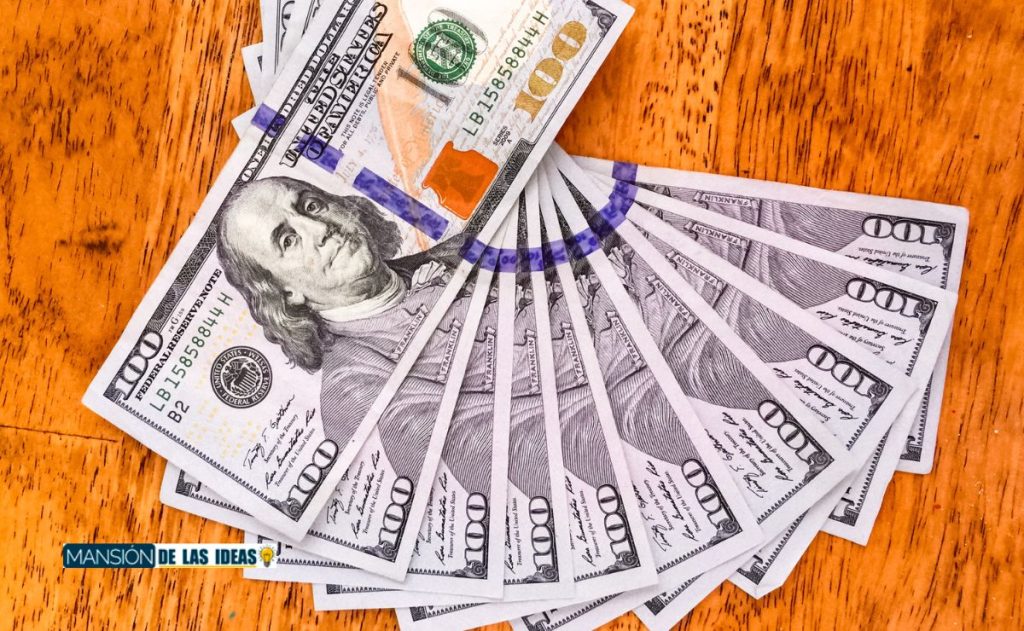The decision to increase food stamps (SNAP) is a meticulous process undertaken by the U.S. Department of Agriculture Food and Nutrition Service. Annually, at the commencement of each federal fiscal year, adjustments are made to SNAP maximum allotments, deductions, and income eligibility standards.
While the Cost of Living Adjustment (COLA) is a factor considered in various federal benefit programs, SNAP benefits adjustments are primarily based on a comprehensive evaluation of factors such as inflation rates, food prices, and economic conditions. This ensures that the adjustments accurately reflect the evolving needs of beneficiaries and maintain the program’s effectiveness.
Increased SNAP Allotments Across the US, State by State
SNAP allotments have experienced noteworthy adjustments across all the 48 contiguous, Alaska Hawaii, DC, as well as Guam and the US Virgin Islands. This means more help for families dealing with financial challenges, marking a crucial moment in boosting community well-being.
While many places are getting more support, Hawaii is experiencing a small decrease in SNAP assistance. For a family of four, the adjustment means going from $1,794 to $1,759. Even with this small dip, it’s important to recognize the nationwide effort to lift communities and families in need.
For families in the 48 contiguous states, the Cost of Living Adjustment (COLA) is bringing financial relief. The adjustment equals an increase of $34 per month for a family of four. This increase shows a commitment to strengthening social safety nets and improving the well-being of vulnerable households.
Maximum SNAP Allotments in the 2024 Fiscal Year
Here are the maximum allotments for SNAP in the 48 contiguous states and D.C. (Oct. 2023 to Sep. 2024), as established in the USDA website:
- Household size 1: $291
- Household size 2: $535
- Household size 3: $766
- Household size 4: $973
- Household size 5: $1,155
- Household size 6: $1,386
- Household size 7: $1,532
- Household size 8: $1,751
- Each additional person: $219
Income eligibility standards have been updated on a monthly basis for the 48 states and D.C., as well as Alaska, Hawaii, Guam, and the U.S. Virgin Islands. Below is the maximum gross monthly income cap, set at 130% of the federal poverty level, for the 48 contiguous U.S. states plus D.C.:
- Household size 1: $1,580
- Household size 2: $2,137
- Household size 3: $2,694
- Household size 4: $3,250
- Household size 5: $3.807
- Household size 6: $4,364
- Household size 7: $4,921
- Household size 8: $5,478
- Each additional person: $557
What Can I Buy With SNAP Benefits Funds? Dos and Don’ts
If you’re wondering about the ins and outs of using SNAP benefits, you’re in the right place. Let’s explore what you can and cannot buy with your SNAP funds.
Dos: Making Wise Choices with Your SNAP Benefits
- Fruits and Vegetables: Load up your cart with fresh, frozen, or canned fruits and vegetables. These nutritious choices are a great way to support a healthy diet.
- Dairy Products: Use your SNAP benefits for milk, cheese, yogurt, and other dairy products. These items are essential for a well-balanced diet.
- Proteins: Whether it’s lean meats, poultry, fish, or plant-based proteins like beans and lentils, SNAP benefits cover a variety of protein-rich options.
- Breads and Grains: From whole-grain bread to rice and pasta, you can use your benefits to purchase a range of staple grains.
- Snack Smart: Opt for healthy snacks like nuts and seeds, which are not only tasty but also provide essential nutrients.
- Seeds and Plants: Planning to grow your own food? You can use SNAP benefits to buy seeds and plants that produce food for your household.
Don’ts: Items Off-Limits for SNAP Benefits
- Non-Food Items: SNAP benefits are strictly for purchasing food items. Avoid using them for non-food items like cleaning supplies, toiletries, or household items.
- Prepared Foods: While you can buy ingredients to cook a meal, using SNAP benefits for hot, ready-to-eat food from the deli or a restaurant is a no-go.
- Alcohol and Tobacco: SNAP benefits cannot be used to purchase alcoholic beverages or tobacco products.
- Vitamins and Supplements: Unfortunately, you can’t use your benefits to buy vitamins or nutritional supplements.
- Pet Food: SNAP benefits are for the household’s human members only. Pet food is not eligible for purchase with these funds.
- Non-Food Plants: While you can buy seeds and plants for growing food, ornamental plants and flowers are not covered.
